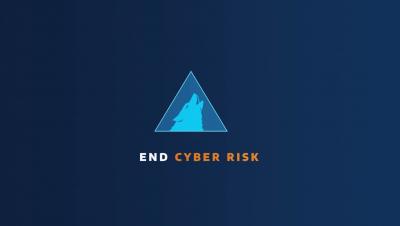Arctic Wolf's Global Survey Reveals Lack of Confidence in Cybersecurity Defenses and Government Action
After a year of high-profile cyberattacks and uncertainty caused by the extended pandemic, Arctic Wolf wanted to understand the impact this period has had on cybersecurity strategy and business overall. In August of this year, we commissioned a survey of over 1,400 senior I.T. decision-makers and business executives in the U.S., U.K., and Canada, and today we are publishing the results.











